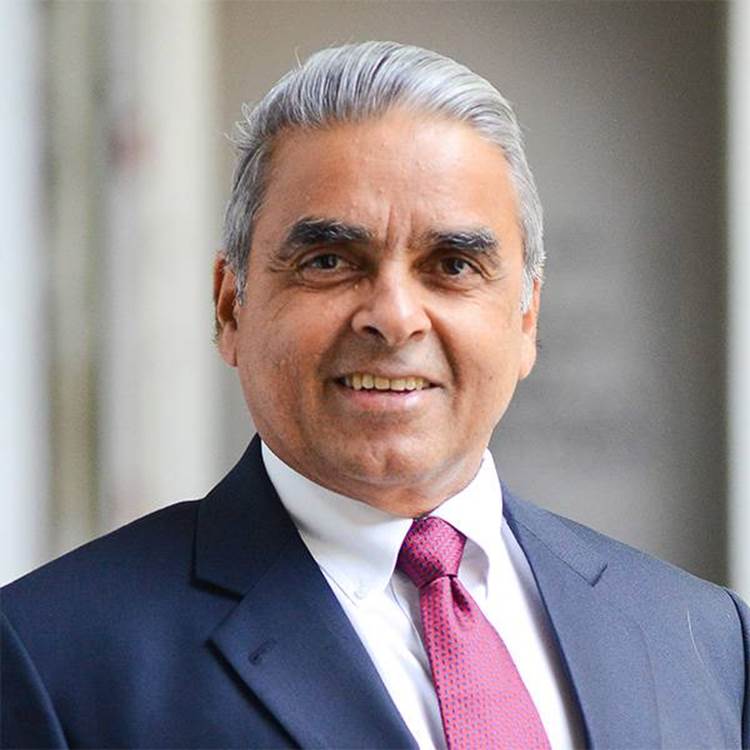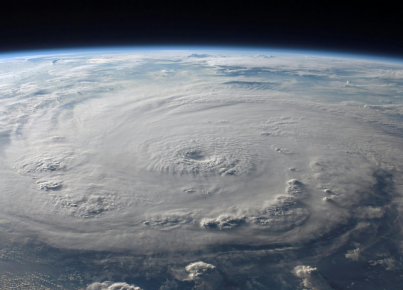How ASEAN Survives—and Thrives—Amid Great-Power Competition
We offer below an excerpt from the latest essay by Kishore Mahbubani, published by Foreign Affairs
The defining geopolitical contest of our time is between China and the United States. And as tensions rise over trade and Taiwan, among other things, concern is understandably mounting in many capitals about a future defined by great-power competition. But one region is already charting a peaceful and prosperous path through this bipolar era. Situated at the geographical center of the U.S.-Chinese struggle for influence, Southeast Asia has not only managed to maintain good relations with Beijing and Washington, walking a diplomatic tightrope to preserve the trust and confidence of both capitals; it has also enabled China and the United States to contribute significantly to its growth and development. This is no small feat. Three decades ago, many analysts believed that Asia was destined for conflict. As the political scientist Aaron Friedberg wrote in 1993, Asia seemed far more likely than Europe to be “the cockpit of great-power conflict.” In the long run, he predicted, “Europe’s past could be Asia’s future.” But although suspicion and rivalry endured—particularly between China and Japan and between China and India—Asia is now in its fifth decade of relative peace, while Europe is once again at war. (Asia’s last major conflict, the Sino-Vietnamese war, ended in 1979.) Southeast Asia has endured a measure of internal strife—in Myanmar especially—but on the whole, the region has remained remarkably peaceful, avoiding interstate conflict despite significant ethnic and religious diversity. Southeast Asia has also prospered. As the living standards of Americans and Europeans have languished over the last two decades, Southeast Asians have achieved dramatic economic and social development gains. From 2010 to 2020, the Association of Southeast Asian Nations (ASEAN), made up of ten countries with a combined GDP of $3 trillion in 2020, contributed more to global economic growth than the European Union, whose members had a combined GDP of $15 trillion. This exceptional period of growth and harmony in Asia is not a historical accident. It is largely due to ASEAN, which despite its many flaws as a political and economic union has helped forge a cooperative regional order built on a culture of pragmatism and accommodation. That order has bridged deep political divides in the region and kept most Southeast Asian countries focused on economic growth and development. ASEAN’s greatest strength, paradoxically, is its relative weakness and heterogeneity, which ensures that no power sees it as threatening.
Keep reading on Foreign Affairs






